Magic Leap and Google are making waves again with their latest collaboration, bringing serious hardware innovation to the forefront of AR technology. The two tech giants recently showcased a prototype that merges Magic Leap's renowned optical expertise with Google's cutting-edge display technology. Their partnership, which first began in 2024, has now been extended through a three-year agreement focused on developing next-generation AR smart glasses that could finally deliver on the promise of seamless, everyday augmented reality experiences.
This isn't just another tech demo. It is a strategic alignment that positions both companies to challenge Meta's dominance in the smart glasses market while leveraging over 15 years of AR development experience from Magic Leap. The collaboration marks a striking transformation for Magic Leap, which evolved from a struggling consumer device maker into a key technology licensing partner inside one of the world's largest tech ecosystems. Turning past missteps into present leverage, that is the story here.
What makes this collaboration so compelling?
Each company brings something the other needs. Magic Leap contributes precision waveguide technology that overlays digital content on the real world to address the visual distortions that dogged earlier AR attempts. Google supplies its Raxium microLED light engine, a smaller and brighter system designed to sip power, which is exactly what all-day smart glasses require.
The prototype keeps a familiar black-rimmed silhouette, similar to Meta's Ray-Ban collaboration. The difference is under the hood. By combining waveguides with microLED, the teams are chasing a tough trifecta: high visual fidelity, long-wear comfort, and scalable manufacturing. Google's VP of XR, Shahram Izadi, has emphasized how Magic Leap's optics helped Android XR concepts feel more natural to look through, a small but crucial detail if you expect people to wear them for hours.
What makes this partnership strategic is Magic Leap's calculated pivot. Rather than fighting to ship its own consumer hardware, the company refocused on licensing its optics and display systems while Google handles platform development and ecosystem orchestration. In short, Magic Leap builds the glass, Google builds the stage.
"What makes this prototype stand out is how natural it feels to look through," said Shahram Izadi, VP of Google XR. "Magic Leap's precision in optics and waveguide design gives the display a level of clarity and stability that's rare in AR today." That clarity matters. It tackles eye strain and jitter, the very issues that kept most AR glasses in the novelty bin instead of on faces all day.
The broader Android XR ecosystem strategy
Google's Android XR approach shifts from one-off hardware experiments to a true ecosystem play. The plan is open by design, welcoming multiple hardware partners and familiar developer tools like Android Studio, ARCore, OpenXR, Unity, and Unreal Engine. If you already speak Android, you are halfway there.
This Magic Leap collaboration slots into a broader web of partners that includes Samsung, Qualcomm, Warby Parker, and Gentle Monster. Samsung's Galaxy XR headset, which launched for $1,800, is the first major Android XR device out of the gate, as reported by Wired. It packs 4K micro-OLED displays, 16 GB of RAM, and tight integration with Google's Gemini AI assistant, a spec sheet that shows the platform's ceiling.
The strategy mirrors Google's Android smartphone playbook: provide the operating system and AI, let partners ship the devices. It keeps the catalog diverse without losing platform coherence. Google has put real money behind this plan, including up to 75 million dollars to support Warby Parker's smart glasses development efforts, according to XR Today.
Taken together, Google supplies the AI backbone and software, and partners plug in their strengths. Samsung brings consumer electronics muscle, Magic Leap pushes optics forward, Warby Parker and Gentle Monster dial in style. The Android XR push is gathering steam heading into 2026, with an open ecosystem nudging fashion, tech, and enterprise to meet in the middle, as noted by XR Today.
Technical innovation meets market reality
The Magic Leap and Google prototype address problems that have haunted AR for years. By blending Magic Leap's waveguides with Google's Raxium microLED, the glasses aim for a cleaner, more stable image than current AR options. The goal is not just a great lab demo. It is a product blueprint that balances image quality, comfort, and a path to manufacture.
Power and heat are the quiet villains in head-worn devices. Google's microLED offers the brightness and energy efficiency needed for daytime use without cooking your temples, while Magic Leap's waveguides steady the overlay so your eyes do not fight the image, according to Road to VR.
Neither company has promised to ship these Android XR glasses as a direct product. For now, they serve as a reference design, a north star for partners working inside the Android XR ecosystem.
Magic Leap's path matters here. The company raised more than $4 billion, stumbled in consumer hardware, and then rebuilt around licensing. A deep patent portfolio and real optical know-how now feed into Android XR instead of battling it. A decade too early now looks right on time, with components finally small and efficient enough to catch up to the original vision.
Where this partnership leads the industry
The Magic Leap, Google's effort, signals a maturing mindset in AR, less flashy demos, more practical systems, and shared tooling. The companies are already working with additional partners to build AR glasses around current concepts, a coordinated push to make Android XR a platform that spans devices and use cases.
This alliance puts pressure on Meta's lead in AI smart glasses by merging Magic Leap's 15 years of AR expertise with Google's display tech and platform heft, as reported by GetCo AI. Competition is heating up. Apple is planning AI-based glasses for late 2026, Samsung aims to enter the smart glasses market this year, and Meta keeps extending its Ray-Ban line after selling over 1 million units.
Fashion ties are not window dressing; they are table stakes. Google's collaborations with Warby Parker, Gentle Monster, and Kering Eyewear show an understanding that people will not wear what they do not feel good in. From Samsung's Gemini-powered lenses to Magic Leap's microLED optics and luxury fashion links, the pieces of a full-stack AR ecosystem are clicking into place, according to XR Today.
Different players, different bets. Meta started with camera and audio to build habits, then will layer in displays. Apple is reportedly exploring AI glasses without AR displays to go straight at Meta's approach. Magic Leap and Google are taking the harder road first, true AR displays from day one that could leapfrog the middle steps.
The question for 2026 is not who ships first; it is who makes XR indispensable. This partnership edges that answer closer by pairing proven optics with a scalable software platform and a network of hardware and fashion partners that actually know how to ship.
The future of everyday augmented reality
Looking ahead, this collaboration positions Android XR as a real contender to define mainstream AR through steady ecosystem building, not one-shot hero products. The agreement stretches three years, a signal of sustained effort to produce commercially viable glasses and the support structure they need. No consumer date yet, but the foundation being laid here could speed the entire field toward practical, daily-wear AR.
The early traction of Samsung's Galaxy XR headset, plus a growing bench of Android XR partners, suggests Google's platform approach is working across price tiers and categories, as noted by XR Today. From Samsung's Gemini-powered lenses to Magic Leap's microLED optics and fashion partners like Kering Eyewear, the core components are being developed and knitted together.
Timing helps. Displays, processors, and batteries have finally hit thresholds that make all-day wear plausible. Magic Leap's optics, once ahead of their era, now have the supporting cast to deliver the seamless overlays that first captured imaginations.
PRO TIP: For businesses and developers considering AR investments, the Android XR ecosystem offers familiar tools and platform stability that can speed time to market versus proprietary stacks. The open approach also gives you multiple hardware choices to match different use cases and budgets.
The Magic Leap and Google partnership is more than another tech tie-up; it is a convergence that could finally push AR into everyday life. As hardware, software, and design taste line up inside an ecosystem rather than a single product, the defining question for 2026 becomes not who launches first, but who creates experiences people do not want to live without. With combined strengths in optics, AI, ecosystem building, and fashion collaborations, this team looks set to take a real run at that prize.




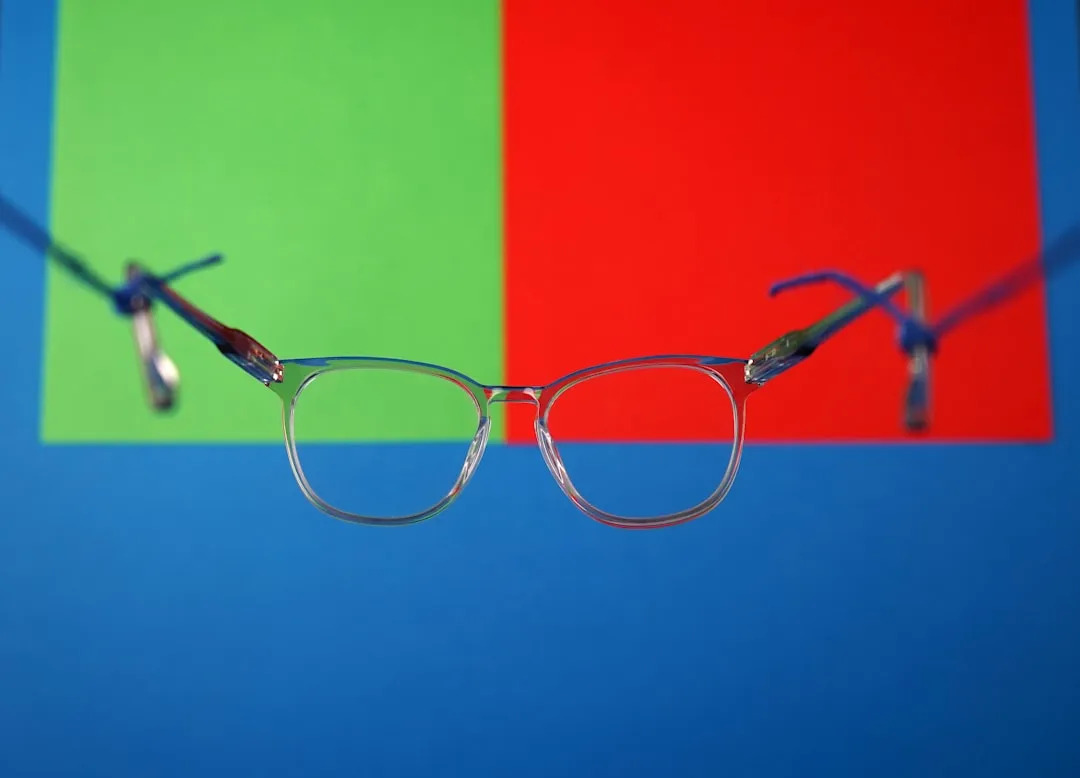
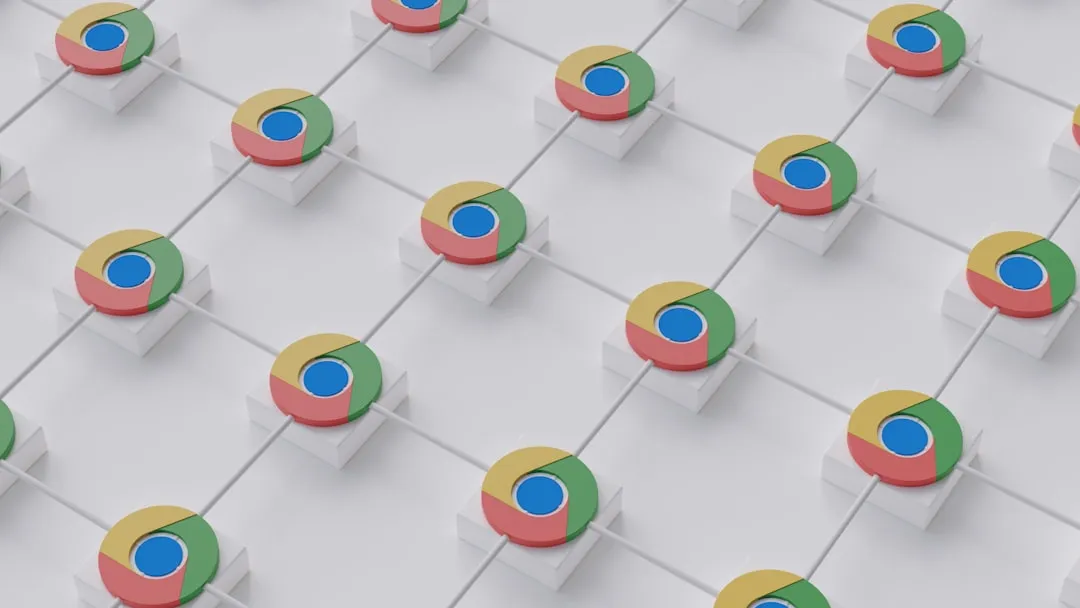
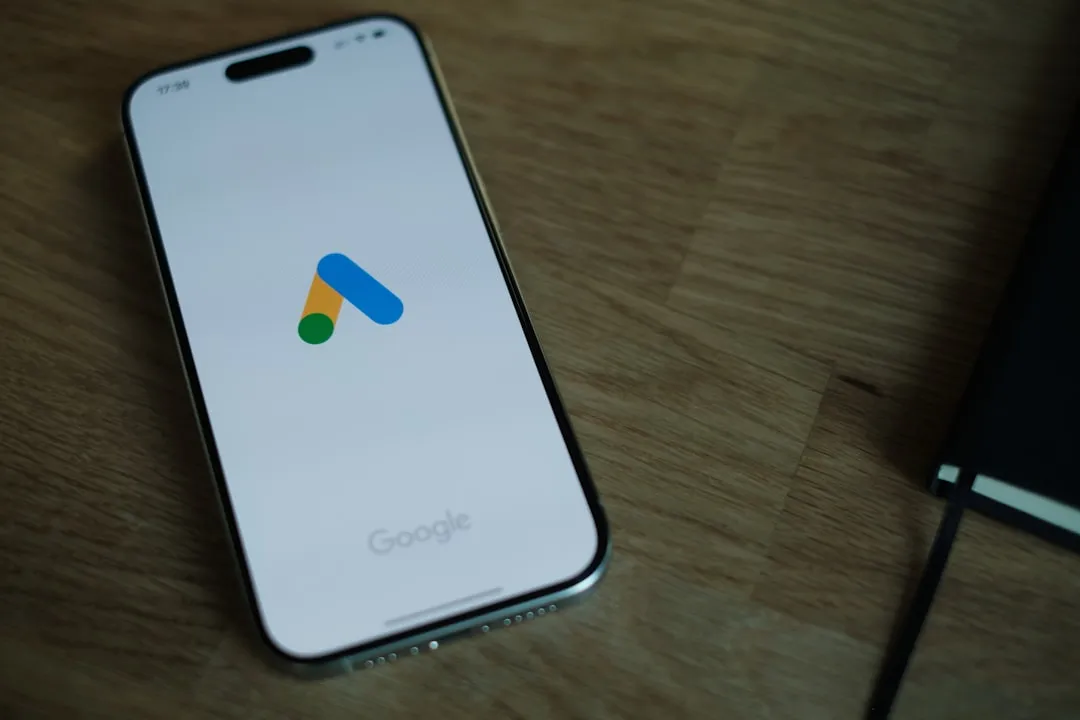

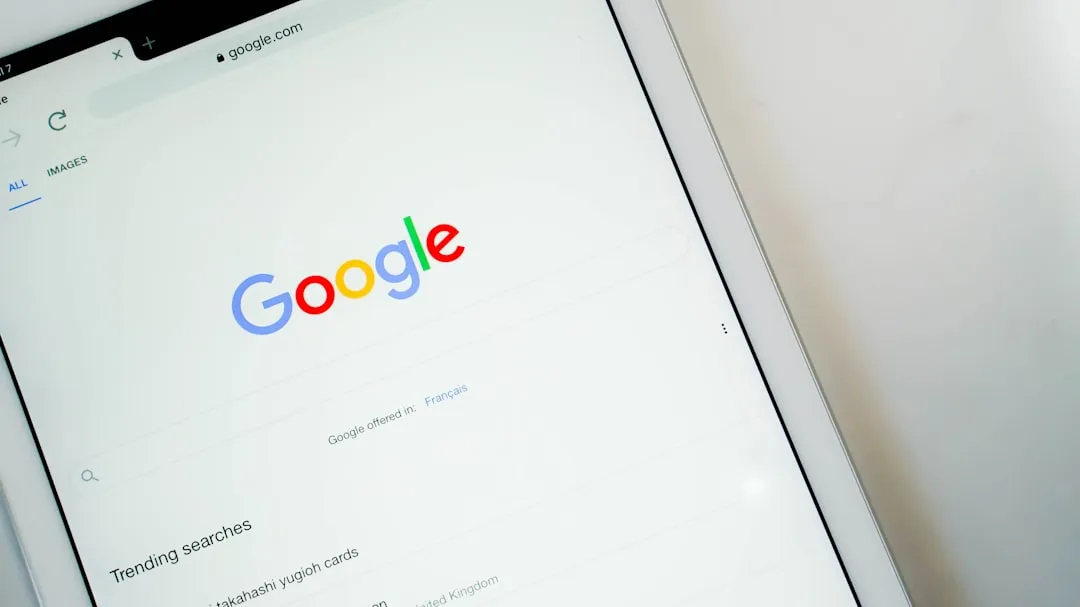
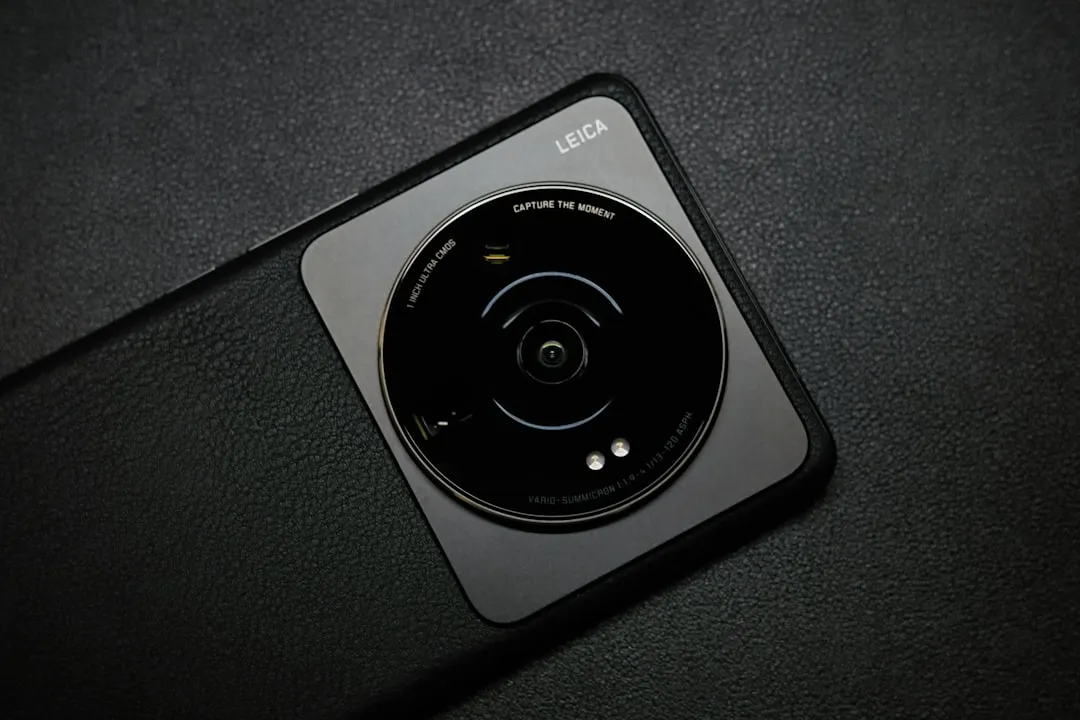

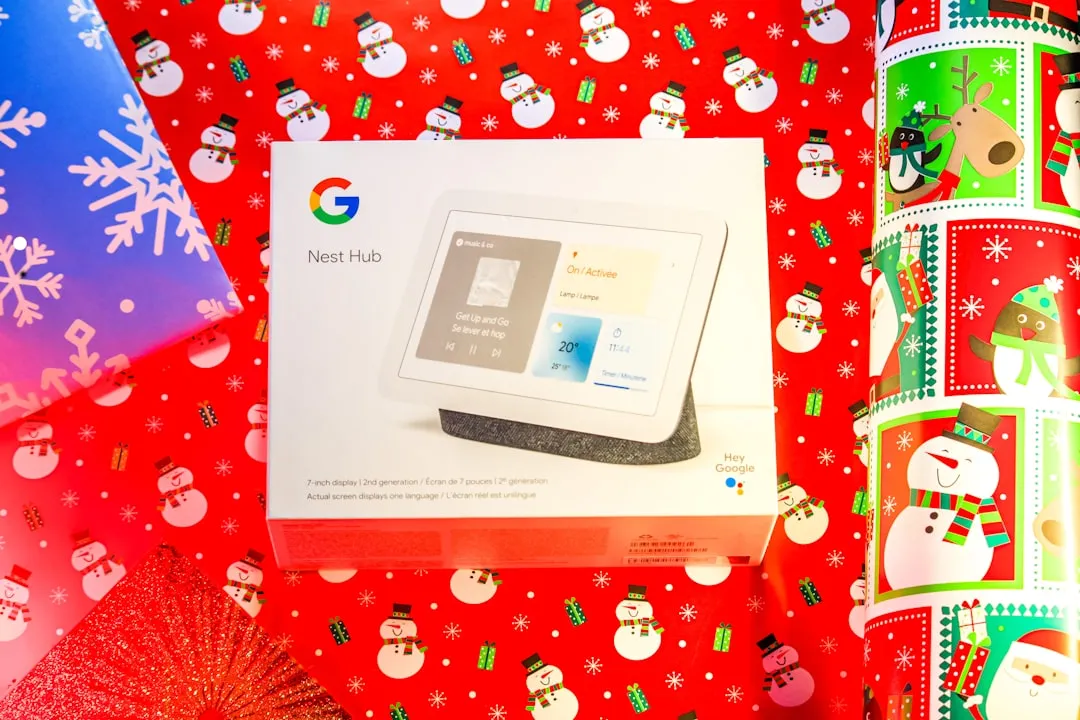
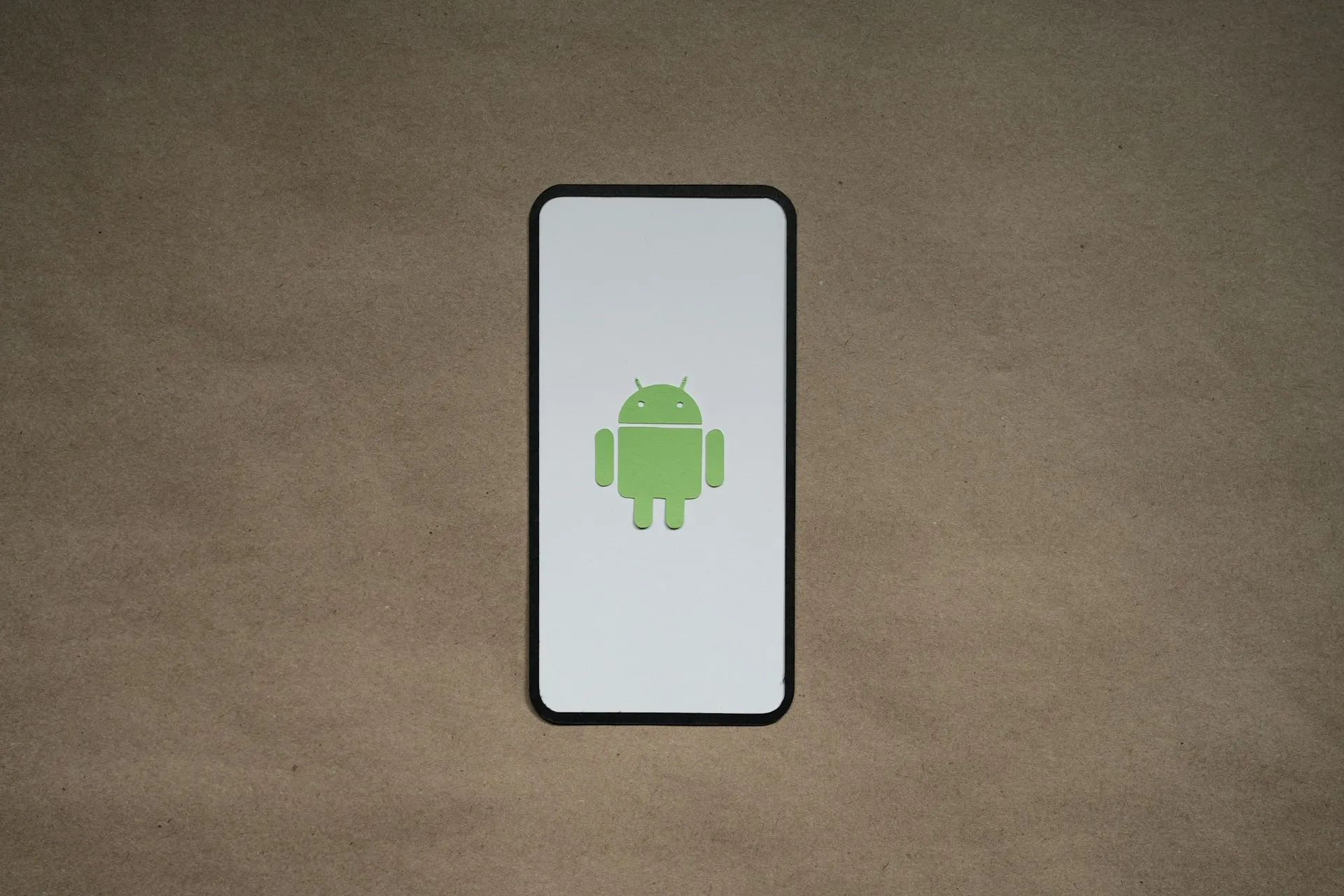

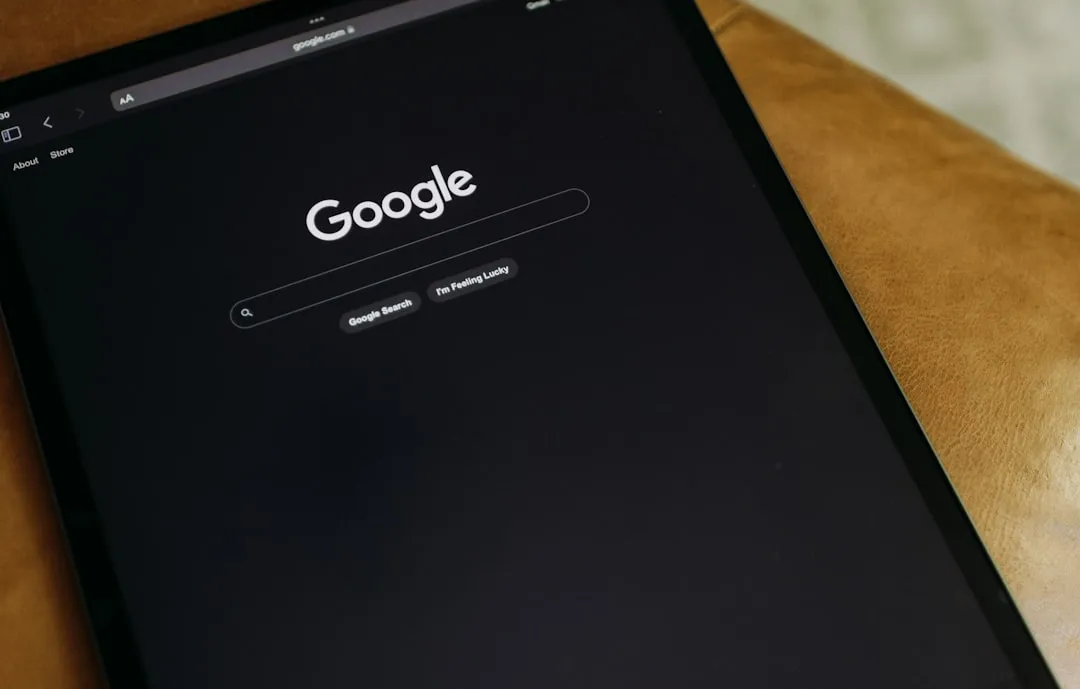
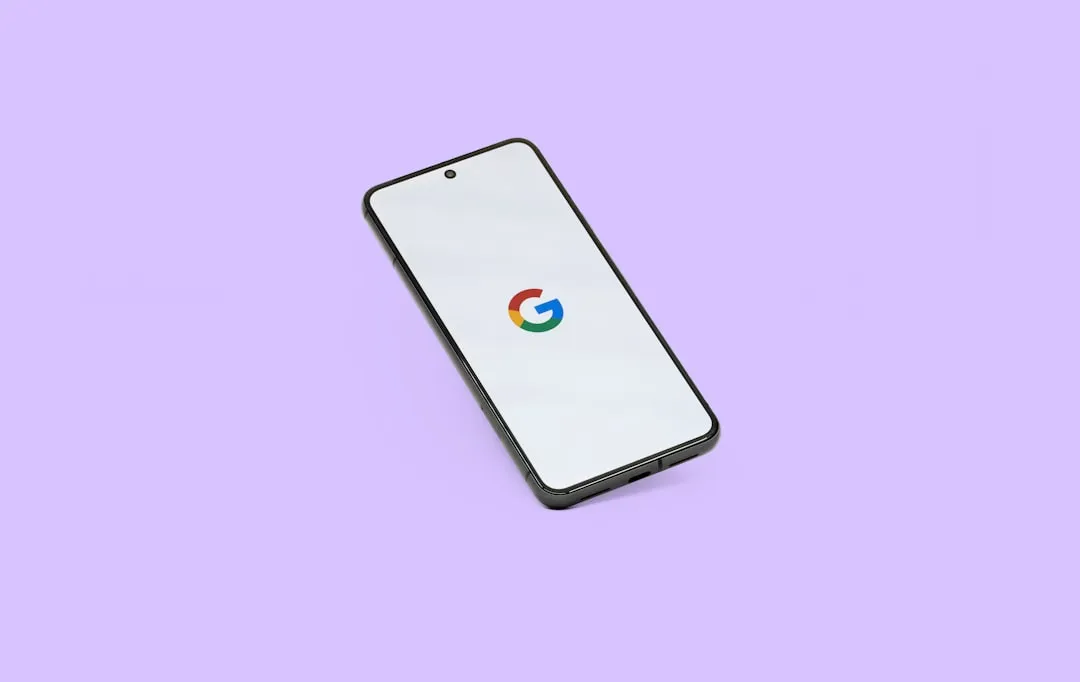
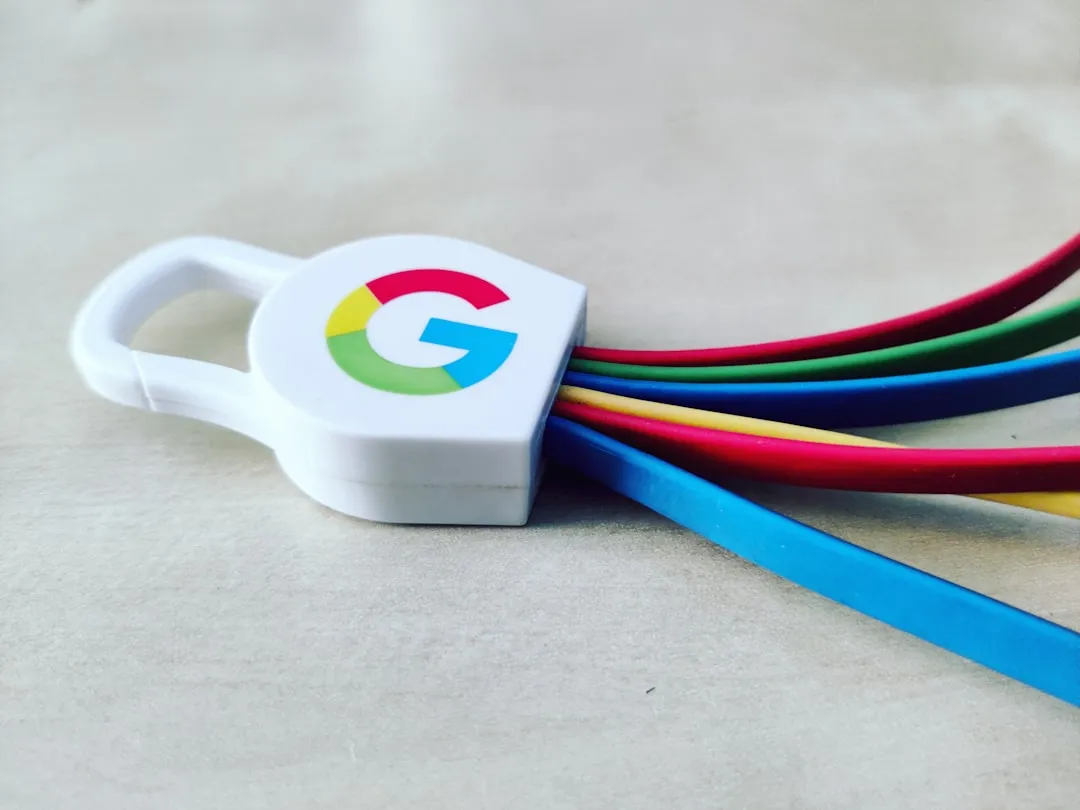
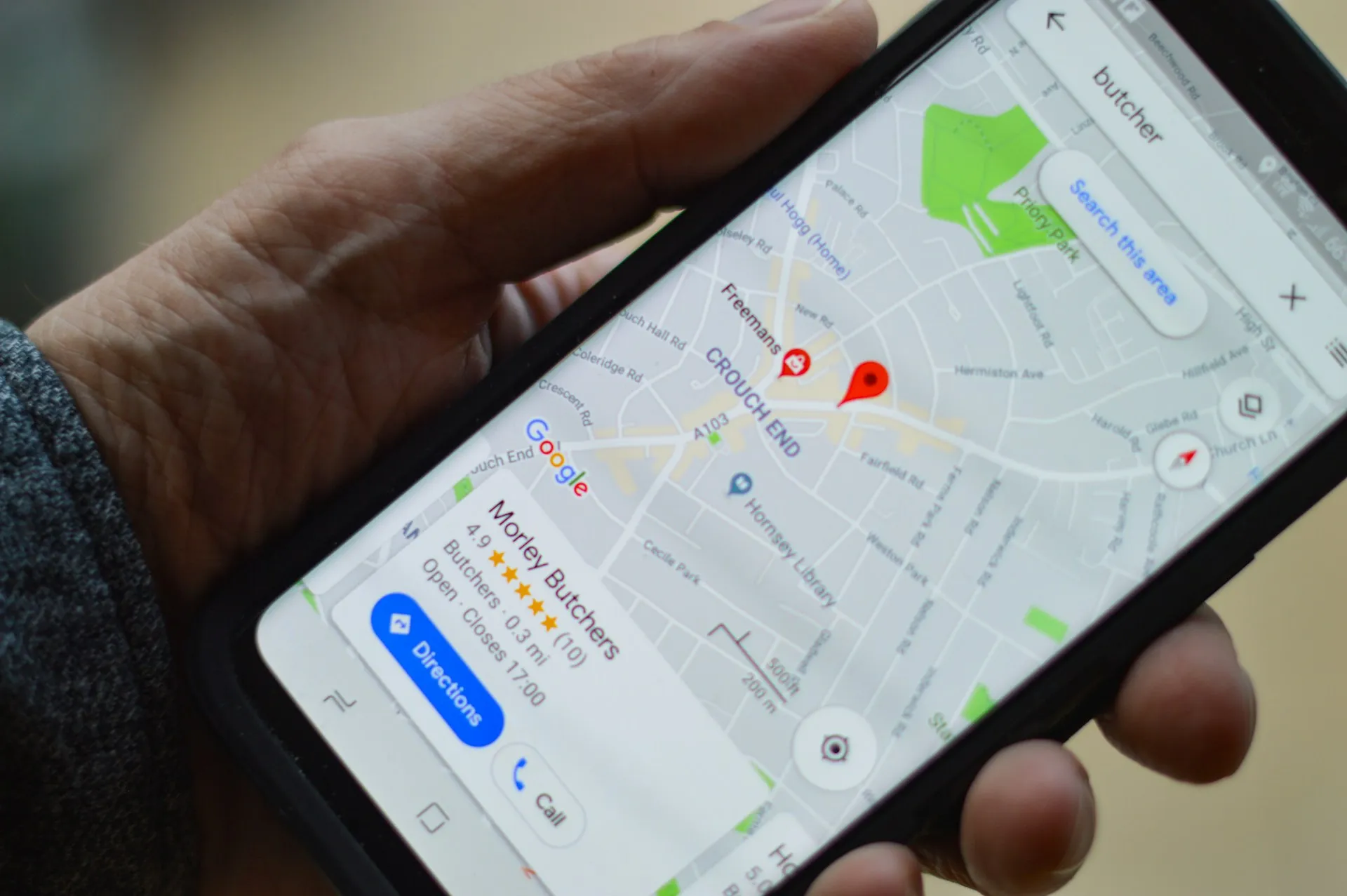
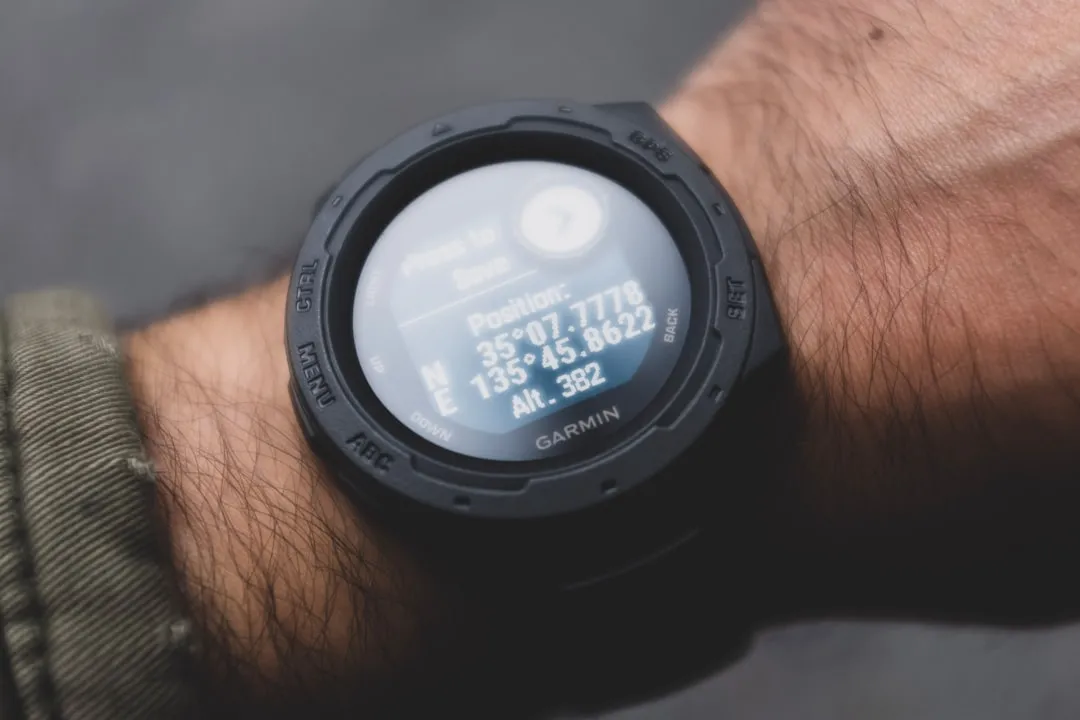
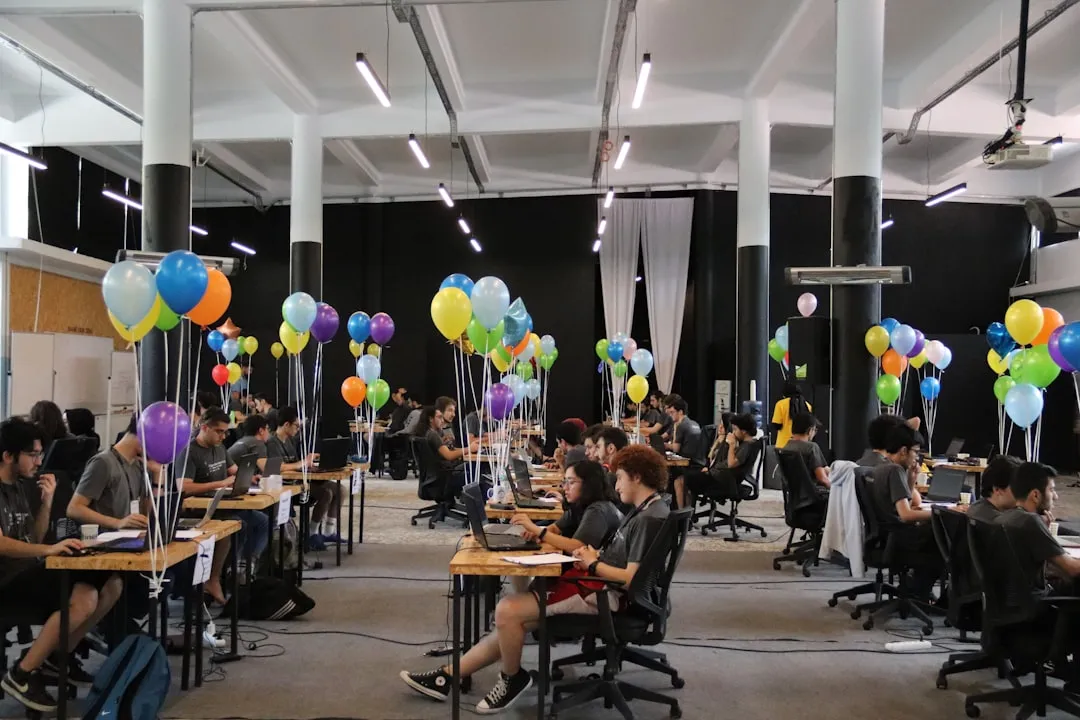
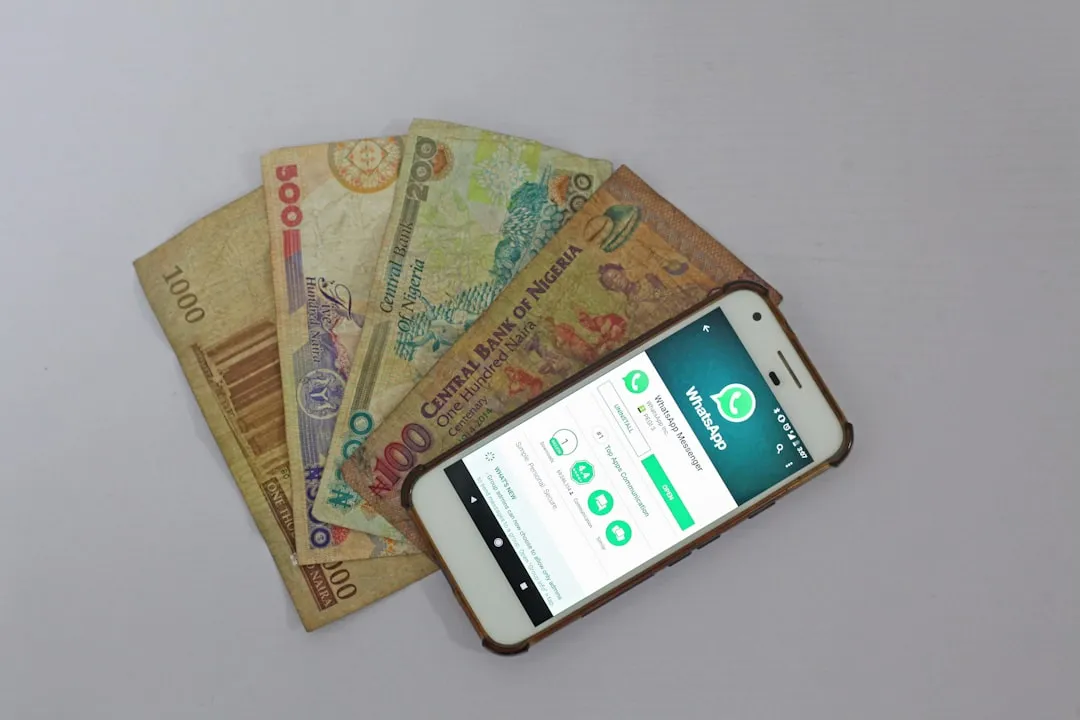
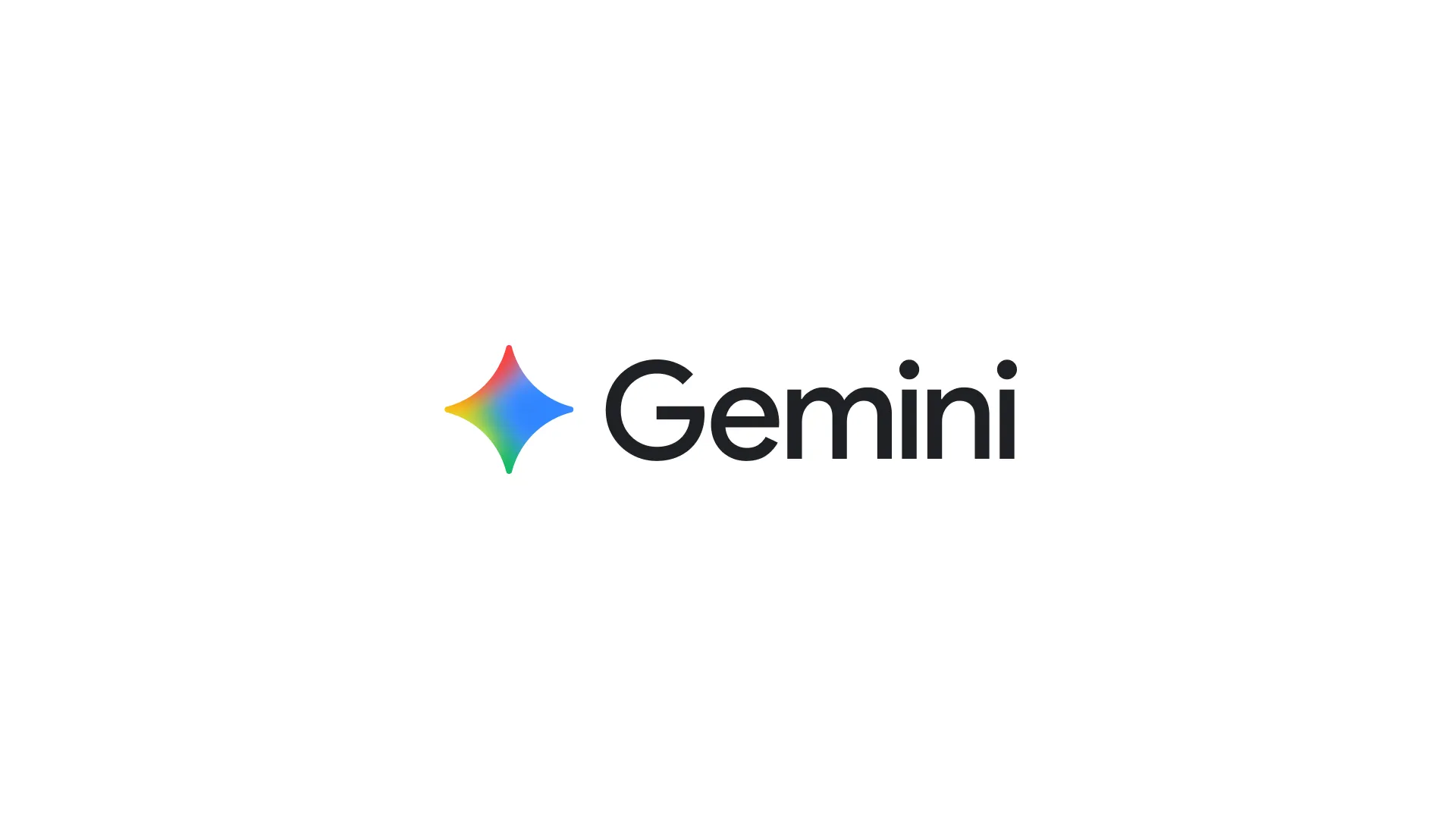
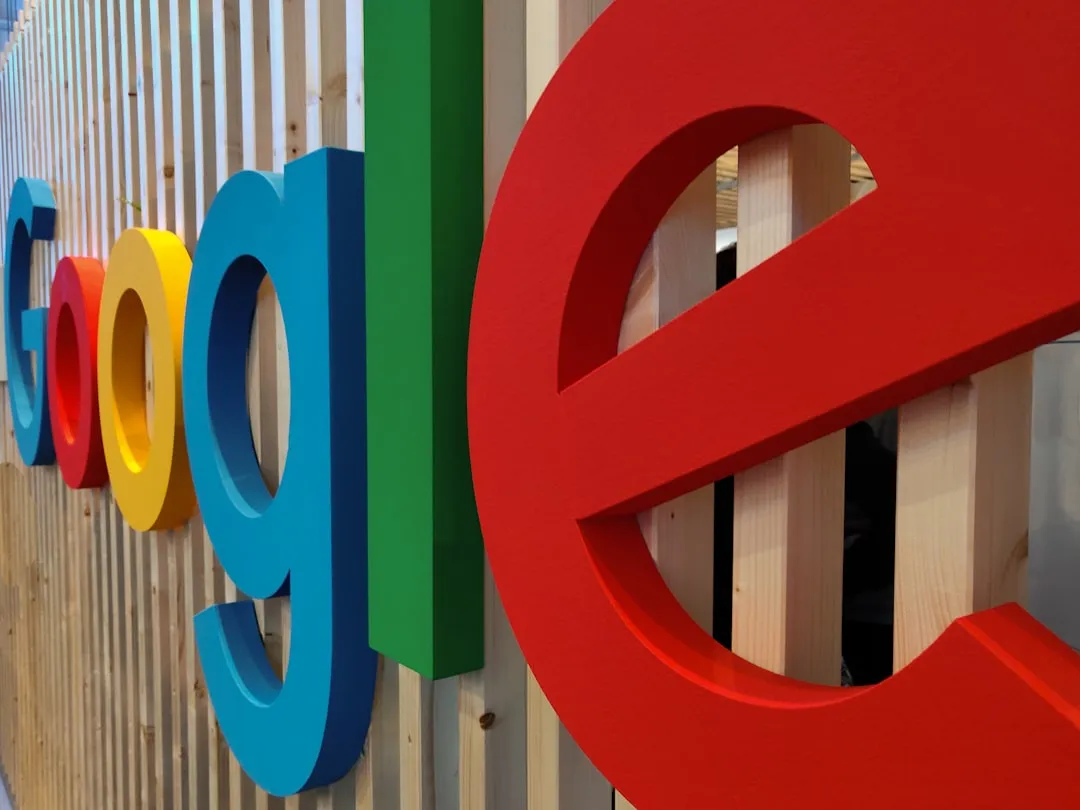
Comments
Be the first, drop a comment!